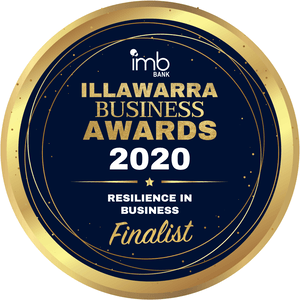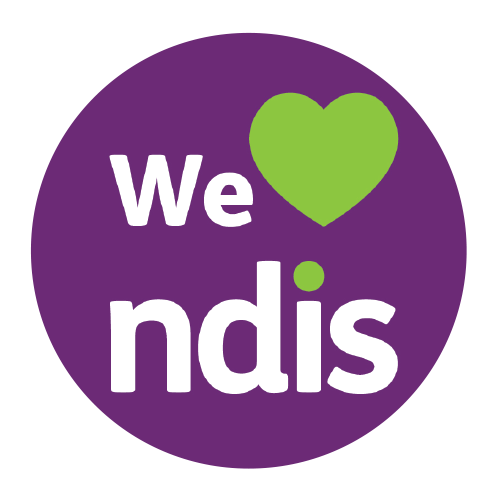Reflecting on a Year Like No Other in Aged Care
What a year it’s been in the Aged Care sector. I’m certainly not the first to say that none of us could have predicted how 2020 has played out. It’s been a year that’s presented many challenges and heartache. I’d like to take this opportunity to share with you some of my reflections as I look back on a year that’s been like no other.
The key challenges we’ve faced over the past 12 months have been up-skilling new team members and protecting the safety of our team, while successfully allocating nursing staff to 95% of nursing shifts in areas that were impacted by bush fires earlier in the year and then COVID-19.
During the period of the fires, our team were asked to head to Bateman’s Bay and Dalmeny to lend their support. At one of the local nursing homes the fire got to the back door of the facility. Another nursing home was evacuated into the one we were assisting. Staff were dealing with lots of issues, including no power, no phones and lots of emotions. Some of our staff were there for up to four days.
How the Health Staffing Team Managed 2020’s Challenges
Chelsea joined us in March and was promoted to Head of Allocations in May. She and the team adapted very quickly to delivering our services in a home office environment that required new ways of communicating with each other and new protocols, systems and procedures to protect the safety of our staff, clients and their patients. As demand for our staffing has increased throughout the year, Chelsea has continued to play a key leadership role, and is now Health Staffing's Business Manager.
At the same time, our nursing staff had to decide whether they were prepared to work in the front line during COVID-19. The commitment we saw from so many of our staff was a credit to them, ensuring that shifts were filled and facilities were able to continue to provide the level of care required during this difficult period.
An essential part of how we have managed these challenges since December is providing our dedicated staff with our Employee Assistance Program, We also provided the promise for those in the frontline that they would still be paid if they were exposed to COVID-19 and had to self isolate. This was before this was a mandatory requirement by the government.
We remained committed to supporting the local community during the fires by organising a donation drive for non perishable items for those impacted by the fires, with a drop off point being at our office in Nowra.
To ensure team morale remained high at a difficult time, we celebrated International Women's Day, and all of the women in the head office at Nowra had the opportunity to come to work in their own style. This meant not wearing uniforms, providing the opportunity to express individuality with our clothing that day. A lovely lunch was a highlight of the day!
Our Response to COVID-19
Staff are regularly reminded of the importance of washing their hands and using PPE during each shift. We continue to work closely with clients to protect their residents within each facility. At the start of the pandemic, if staff had travelled overseas recently they were not sent out on a shift for 16 days after returning to Australia.
The team have been incredible and everyone has remained positive.
We adapted our business model in terms of service delivery and went through a facelift with new marketing strategies being rolled, and increased our marketing communication via a monthly email newsletter, starting in January, at the height of the bush fires. If you’d like to receive our monthly updates, please sign up here.
We also sponsored ACSA’s NSW Financing Tomorrow’s Aged Care Sector Symposium, a 3 day virtual conference at the start of June.
When COVID-19 hit we were required to adapt our business model and move our staff from the office to working from home. Due to an investment in laptops and the tenacity of both Chelsea and Shay, the office team were able to time this transition in a way that had no disruption to our service delivery. As a result of their commitment to clients and our nursing staff during this period, we have seen an increase in loyalty from our clients and an increase in request for shifts, with as many as 31 shifts being placed in a day at the start of July.
Please follow our company page here on LinkedIn.
Resilience was a Key Factor in Navigating 2020
In February 2020 NPAworldwide (a global recruitment network) asked its members around the globe to nominate other members who have done outstanding things for the community. I was very proud to be nominated by several Australian members as having done a wonderful job providing community support during the recent bush res.
There was a seamless transition from the office to working from home and we were able to deliver the same high level of customer service, including the allocation of as many shifts as possible in as little time as possible in a completely new, and unusual work environment versus the normal and established office set up.
To support the teams continued growth at this difficult time we invested in professional development including:
- Pearl Mentoring Program with the RSCA (Recruitment Industry peak body) Recruitment Pathways Program with Career Lasso
- HR Traineeship with TAFE NSW
- Social Media training with Think Bespoke
I was thrilled when Health Staffing was recognised as a Finalist for Resilience in Business in the Illawarra Business Awards 2020.
Thank you to my family, my hard working team and all of our clients for your ongoing support in 2020. From our family to yours, wishing you a Merry Christmas and a safe and joyful 2021.








